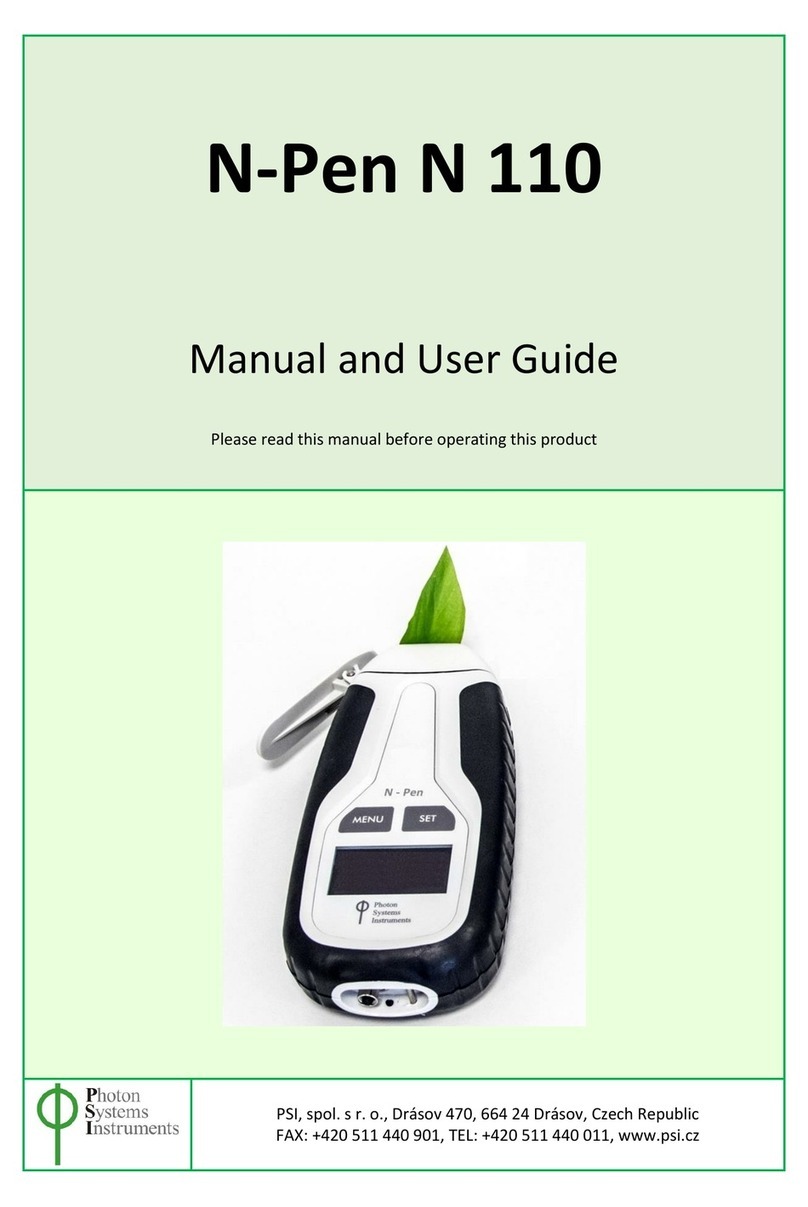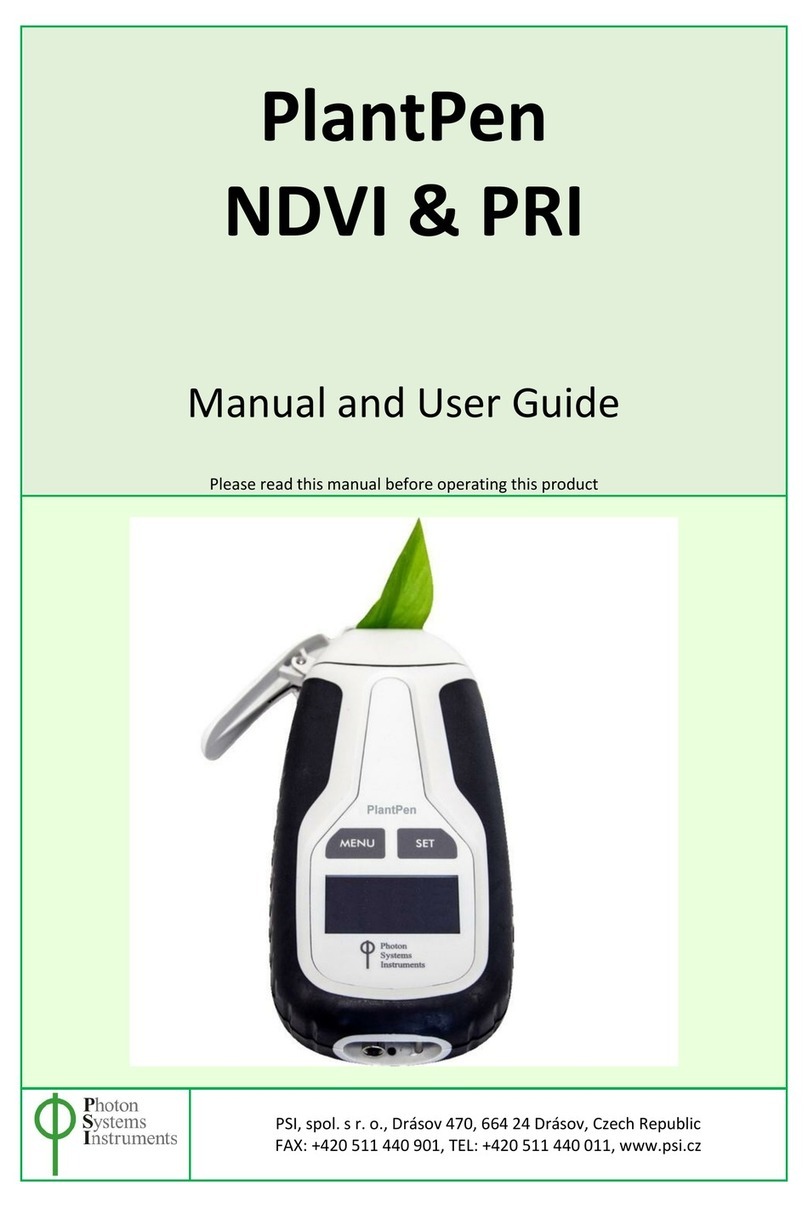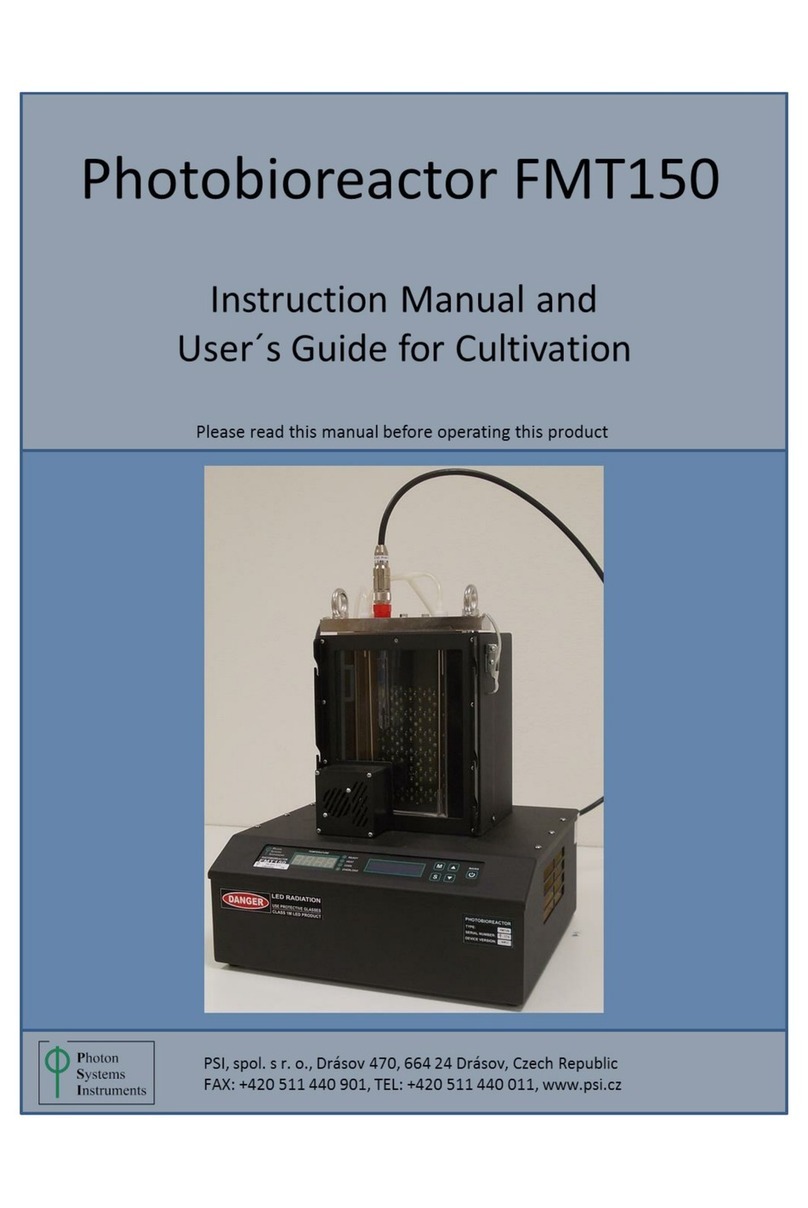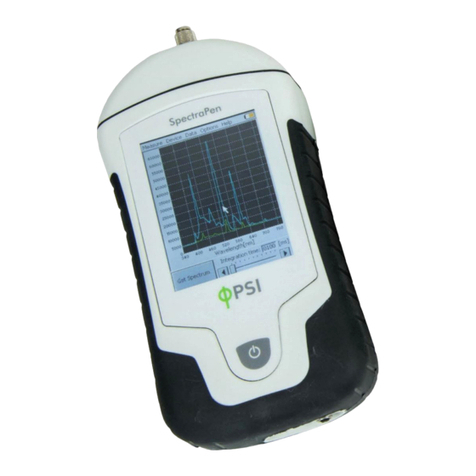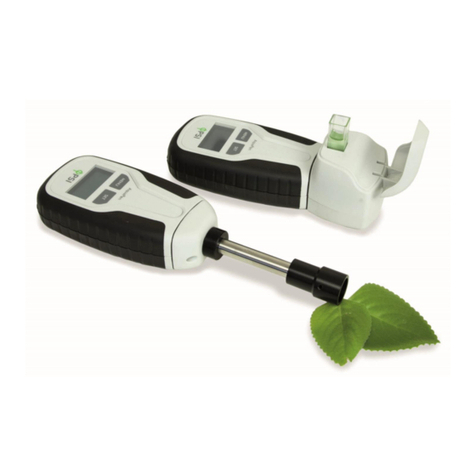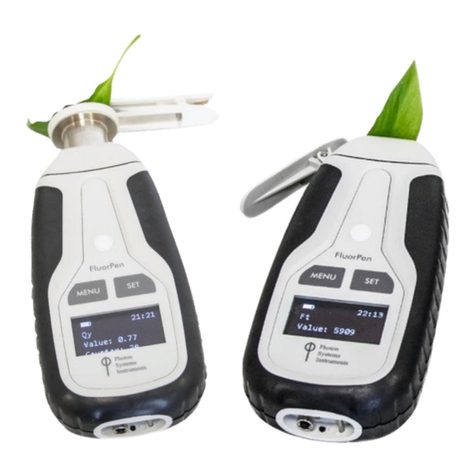© PSI (Photon Systems Instruments), spol. s r. o.
4
TABLE OF CONTENTS
1Information Before Using AquaPen Device .................................................................................................................... 6
2Technical Specification.................................................................................................................................................... 7
3General Information ....................................................................................................................................................... 8
3.1 Device Description................................................................................................................................................. 9
4List of Equipment and Customer Information .............................................................................................................. 10
5Care and Maintenance.................................................................................................................................................. 11
6Principle of Measurement ............................................................................................................................................ 12
7How to Get Started ....................................................................................................................................................... 15
7.1 Measurements Based on Fluorescence............................................................................................................... 15
7.1.1 Pulses Description and Setting........................................................................................................................ 15
7.1.2 Measurement.................................................................................................................................................. 17
7.1.3 OJIP Protocol................................................................................................................................................... 19
7.1.4 Non-Photochemical Quenching (NPQ) Protocol ............................................................................................. 20
7.1.5 Light Curve (LC) Protocol................................................................................................................................. 23
7.2 Optical Density Measurement (AquaPen-C only)................................................................................................ 26
7.2.1 Calibration....................................................................................................................................................... 26
7.2.2 Measurement.................................................................................................................................................. 26
7.3 Multiple Measurement ....................................................................................................................................... 27
8Control Menu Tree........................................................................................................................................................ 28
9USB Connection ............................................................................................................................................................ 36
10 Bluetooth Connection.............................................................................................................................................. 37
10.1 Bluetooth Pairing................................................................................................................................................. 37
11 FluorPen Software ................................................................................................................................................... 41
11.1 Software Installation ........................................................................................................................................... 41
11.2 Menu and Icon Explanation................................................................................................................................. 42
11.2.1 Main Menu ................................................................................................................................................. 42
11.2.2 Menu Settings............................................................................................................................................. 43
11.2.3 Menu Online Control .................................................................................................................................. 44
11.3 Data Transfer and Visualization........................................................................................................................... 47
